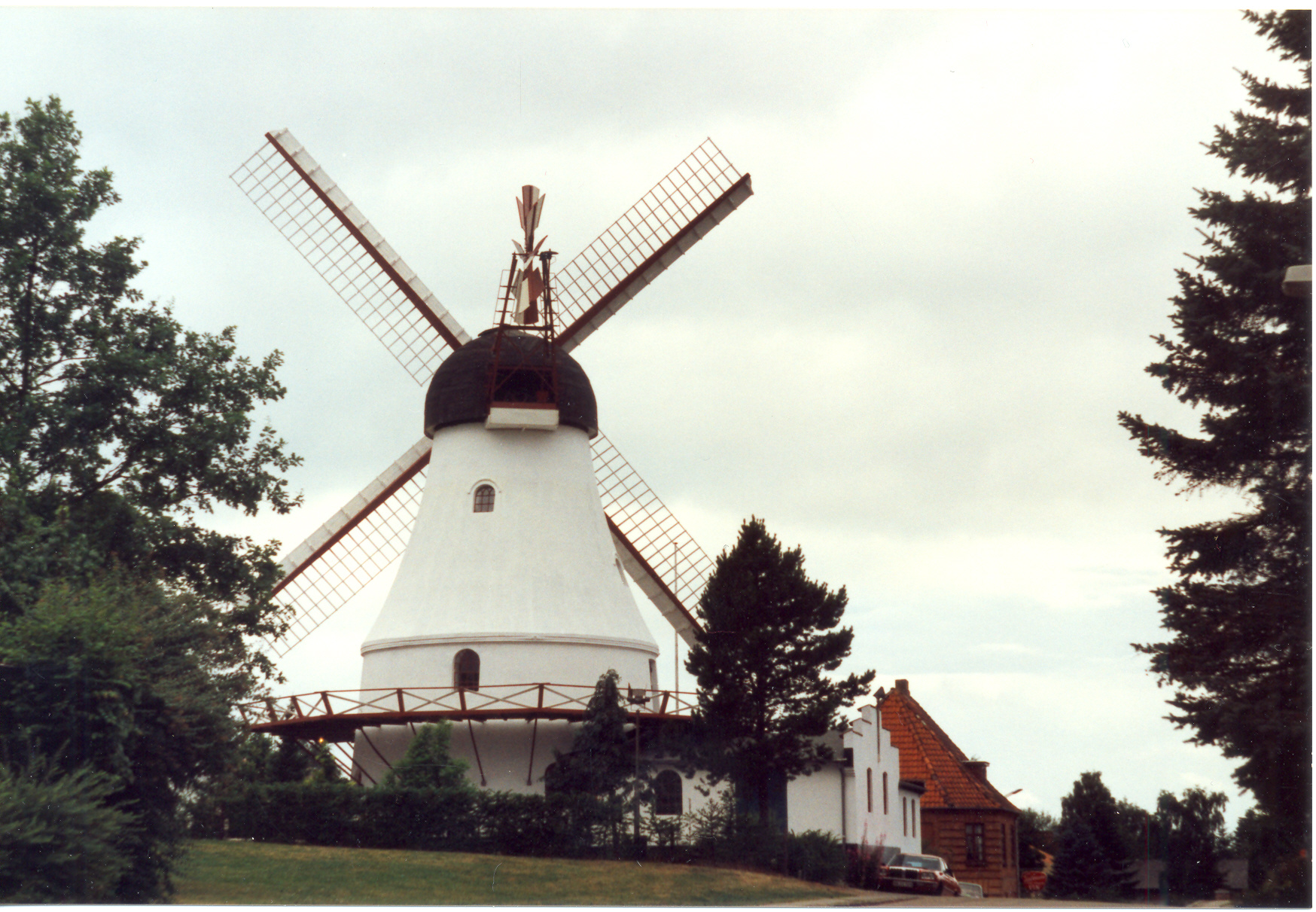|
De Danske Bomuldsspinderier
De Danske Bomuldsspinderier (English: The Danish Cotton Mills) is a defunct Danish company which operated textile mills in Vejle, Jutland, and Valby, Copenhagen. Production stopped in 2000 and both production sites have since been redeveloped. History The company traced its history back to 1892 when Marius Windfeld-Hansen founded Vejle Cotton Mill in Vejle, Denmark. In 1901, the company was merged with Vejle Cotton Factory, also in Vejle, and the Mogensen Mill in Odense. In 1906, it changed its name to Danish Cotton Mills and the following year the production site in Odense was closed and replaced with a modern cotton mill in Valby, then a suburb of Copenhagen. The new mill was designed by Alfred Thomsen and constructed from 1906 to 1907. By the 1950s, the production of cotton was no longer as profitable in Denmark and the Valby plant eventually closed. In 1978, the company was sold to the businessman Jan Bonde Nielsen and after his bankruptcy in 1980 it survived as a division in ... [...More Info...] [...Related Items...] OR: [Wikipedia] [Google] [Baidu] |
Vejle Bomuldsspinderi Ved Havnegade, 1892
Vejle () is a city in Denmark, in the southeast of the Jutland Peninsula at the head of Vejle Fjord, where the Vejle River and Grejs River and their valleys converge. It is the site of the councils of Vejle Municipality ('' kommune'') and the Region of Southern Denmark. The city has a population of 60,231 () making it the ninth largest city in Denmark. Vejle Municipality has a population of 119,007 () making it the fifth largest municipality in Denmark. The city is part of the Triangle Region, which includes the neighbouring cities of Kolding and Fredericia and it is located 110 kilometres (68 miles) north of Germany. Vejle is most known for its forested hills, fjord, harbour, shopping, pedestrian mall, and windmill. History The word "Vejle" derives from the Old Danish word ''wæthel'', meaning " ford" or "wading place" due to its location at a busy crossing over Vejle River. During Viking times, the wetlands around Vejle had to be crossed at the Ravning Bridge, a nearl ... [...More Info...] [...Related Items...] OR: [Wikipedia] [Google] [Baidu] |
